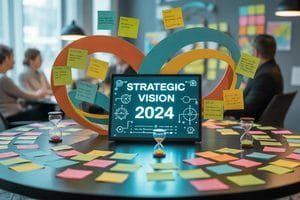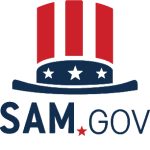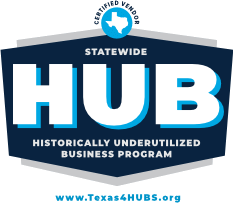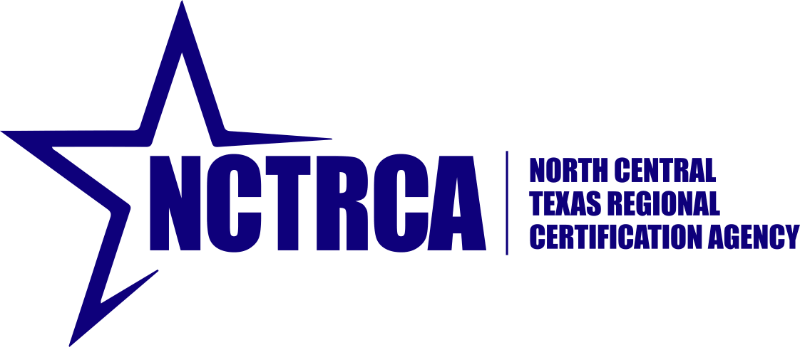TL;DR: Meetings don’t have to be ADHD kryptonite. By understanding how your brain processes group dynamics and cognitive load, you can transform meetings from energy drains into productive exchanges. The key is designing meetings that work with your neurodivergent patterns while using specific strategies to manage attention, impulsivity, and processing needs.
“I just came out of a three-hour board meeting where I literally don’t remember the last ninety minutes,” Kevin confessed during our coaching session. He was the CFO of a rapidly growing biotech company, brilliant with numbers but struggling with the marathon meetings that dominated his calendar. “I started strong, contributed well for the first hour, then it’s like my brain just… left. I was physically there, nodding at appropriate times, but mentally? I was gone.”
“What’s happening for you when your brain ‘leaves’ the meeting?” I asked.
Kevin paused, then laughed ruefully. “Everything and nothing. I’m simultaneously thinking about seventeen other projects while also just staring at the conference room art. Meanwhile, critical decisions are being made that I’ll need to implement, and I’m missing it all.”
“What would meetings look like if they were designed for how your brain actually works?”
That question launched Kevin on a journey that not only transformed his meeting effectiveness but also revolutionized how his entire organization approached collaborative work. Within six months, he’d gone from dreading meetings to leading some of the most productive, engaging sessions his team had ever experienced.
The ADHD Meeting Paradox
In my coaching practice, I’ve noticed that meetings represent a unique challenge for ADHD executives. You’re expected to sit still, maintain focus, process verbal information in real-time, filter out distractions, manage impulses to interrupt, and remember everything discussed – often for hours at a time. It’s like asking a sprinter to run a marathon at sprint pace.
Research on cognitive load and ADHD shows that increasing cognitive load resulted in reduced performance, greater reaction time variability, and reduced brain network efficiency in individuals with ADHD. Yet most meetings are designed to maximize cognitive load – multiple speakers, complex topics, minimal visual support, and no movement breaks.
What if instead of trying to force your ADHD brain into neurotypical meeting formats, you could leverage your unique cognitive patterns to create more effective collaborative experiences?
Understanding Your Meeting Brain
Before diving into strategies, it’s crucial to understand what’s actually happening in your brain during meetings. Through working with hundreds of ADHD executives, I’ve identified several key patterns:
“I can hyperfocus in one-on-ones but completely zone out in large groups,” shared Amanda, a marketing executive. Meanwhile, Robert, a CEO, told me, “I thrive in brainstorming sessions but want to escape during status updates.”
These aren’t character flaws – they’re neurological realities. Research indicates that ADHD affects working memory capacity particularly under conditions of high cognitive load, which is exactly what traditional meetings create.
Consider how meetings challenge ADHD brains:
Processing Speed Variations: You might grasp concepts instantly or need extra time to process, depending on the topic and presentation style. Traditional meetings rarely accommodate this variability.
Attention Regulation: Studies show that cognitive and perceptual load have opposing effects on ADHD attention . Cognitive load disproportionately degrades performance, RTV, and brain network efficiency in ADHD, whereas perceptual load has largely opposite effects. Most meetings maximize cognitive load while minimizing perceptual engagement.
Impulse Management: The urge to interrupt isn’t rudeness – it’s often your brain trying to capture a thought before it disappears. Yet traditional meeting etiquette punishes this natural ADHD pattern.
Energy Fluctuations: Your ability to engage can vary dramatically throughout the day. A strategy that works in your morning meeting might fail completely by afternoon.
Leading Meetings with ADHD Strengths
When you’re leading meetings, you have the power to create formats that work for everyone – including yourself. Here’s how to leverage your ADHD traits for better outcomes:
The Energy Management Approach
“I realized I was trying to lead meetings like my neurotypical predecessor,” reflected Patricia, a hospital administrator. “Long agendas, minimal breaks, lots of passive listening. No wonder I was exhausted.”
Understanding your natural energy patterns allows you to design meetings that maintain engagement. Patricia restructured her leadership meetings into what she calls “energy chunks”:
- 20-minute focused segments
- 5-minute movement breaks
- Visual anchor points for each segment
- Stand-up portions for high-energy discussions
“The team was skeptical at first,” she admitted. “But productivity went through the roof. Turns out, everyone benefits from meetings designed for ADHD brains.”
Visual Thinking Integration
Your ADHD brain likely processes visual information more effectively than pure auditory input. Research on neurodivergent meeting participation emphasizes that sharing visual aids or materials before the meeting allows participants to process information at their own pace.
Marcus, a technology executive, transformed his team meetings by implementing what he calls “visual anchoring”:
“Every agenda item gets a visual representation – a diagram, chart, or even just a colorful icon. During discussions, I draw mind maps in real-time on a digital whiteboard. It keeps my hands busy, helps me focus, and gives the team multiple ways to engage with the content.”
The Democracy of Participation
Creating neuro-inclusive meetings means recognizing varying communication preferences . Using a collaborative meeting agenda where people can add their comments in advance is also effective.
“I used to dominate meetings because my ADHD brain moves fast and I’d interrupt,” shared Jennifer, a pharmaceutical executive. “Now I build in multiple participation modes – verbal, written, visual. Everyone can contribute in their preferred style, and I’m not fighting my impulses the entire time.”
Participating in Meetings You Don’t Control
The real challenge comes when you’re not leading the meeting. How do you manage your ADHD traits in traditional formats? Through years of coaching executives, I’ve developed strategies that work:
The Pre-Meeting Ritual
“What’s your current pre-meeting routine?” I asked David, a finance executive struggling with back-to-back video calls.
“Routine? I usually realize the meeting’s starting when the reminder pops up.”
This reactive approach guarantees you’ll enter meetings already behind. Instead, creating structured preparation rituals helps your brain transition:
- Review agenda 15 minutes prior
- Set up your physical space for minimal distractions
- Prepare fidget tools or note-taking materials
- Set intentions for your participation level
Strategic Positioning and Environment
Where and how you position yourself in meetings can dramatically impact your ability to focus. Research on environmental factors shows that ADHD brains are highly sensitive to sensory input.
“I always sat facing the window because I thought natural light would help,” shared Rachel, a healthcare executive. “Turns out, the movement outside was destroying my focus. Now I sit with my back to the window and face a calm wall. Game changer.”
For virtual meetings, this might mean:
- Turning off self-view to reduce cognitive load
- Using background blur to minimize visual distractions
- Positioning your screen to avoid peripheral movement
- Creating a consistent meeting space that signals focus
The Attention Anchoring System
Rather than fighting your natural attention patterns, create systems that work with them:
Active Note-Taking: “I developed what I call ‘triple-track notes,'” explained Thomas, a legal executive. “Left column for key points, middle for my thoughts and connections, right for action items. Keeping three streams going prevents my mind from wandering.”
Strategic Fidgeting: Research confirms that fidgeting can actually improve focus for ADHD brains . For many neurodivergent employees, fidgeting–also referred to as stimming–helps improve focus.
“I keep a collection of silent fidget tools,” shared Sarah, a marketing executive. “Thinking putty, smooth stones, pipe cleaners. My hands stay busy, which somehow keeps my brain engaged.”
Managing Meeting Overload
For many ADHD executives, the sheer volume of meetings creates cognitive overwhelm. Studies on ADHD and cognitive load show that children with ADHD presenting with greater executive dysfunction are more likely to display a stronger preference for immediate reward. This pattern continues into adulthood, making marathon meeting days particularly challenging.
The Meeting Diet Strategy
“I was in meetings seven hours a day,” groaned Michael, a retail executive. “By noon, I was cognitively done but still had five more hours to go.”
We implemented what I call a “meeting diet”:
- Maximum of 4 hours of meetings per day
- No more than 2 consecutive hours without a break
- Protected time blocks for processing and follow-up
- “Meeting-free Fridays” for deep work
“I had to have tough conversations about changing some standing meetings,” Michael reflected. “But my effectiveness in the meetings I do attend has skyrocketed.”
Energy Mapping for Optimal Scheduling
Your adaptive leadership approach should extend to meeting scheduling. Map your energy patterns and schedule accordingly:
“I’m sharpest from 9-11 AM and again from 2-4 PM,” discovered Lisa, a nonprofit director. “So I schedule complex strategy meetings during those windows and save routine check-ins for my lower-energy periods.”
Meeting Mode Selector Framework
Not all meetings are created equal, and your strategies should adapt accordingly. Here’s a framework for optimizing your approach based on meeting type:
High-Stakes Decision Meetings
Your Goal: Maximum focus and strategic thinking Key Strategies:
- Schedule during peak energy times
- Request agenda and pre-reads well in advance
- Arrive early to settle and prepare
- Use visual note-taking methods
- Build in processing time before responding
“For board meetings, I actually do a practice run the day before,” shared Kevin. “I review all materials and formulate my key points when I’m not under pressure.”
Brainstorming Sessions
Your Goal: Leverage creative thinking and rapid ideation Key Strategies:
- Embrace your natural idea generation
- Use visual mapping tools
- Stand or move while thinking
- Build on others’ ideas immediately
- Capture everything without editing
“These are where my ADHD shines,” enthused Amanda. “I just let my brain run wild and worry about organizing ideas later.”
Status Update Meetings
Your Goal: Stay engaged despite low stimulation Key Strategies:
- Create active listening anchors
- Take detailed notes to maintain focus
- Prepare questions in advance
- Volunteer to go first or last
- Suggest format improvements
“I turned our deadly boring status meetings into 15-minute stand-ups,” said Robert. “Everyone’s more engaged when they’re not sitting for an hour.”
One-on-One Meetings
Your Goal: Deep connection and focused dialogue Key Strategies:
- Choose environments that support focus
- Use movement (walking meetings) when appropriate
- Maintain eye contact anchors
- Allow natural conversation flow
- Document key points immediately after
Advanced Meeting Strategies
As you develop meeting mastery, you can implement more sophisticated approaches:
The Pre-Processing Advantage
Research on neurodivergent meeting inclusion shows that providing a meeting agenda can be incredibly helpful for everyone, especially neurodivergent employees.
“I request all meeting materials 48 hours in advance,” stated Patricia. “If they’re not ready, I suggest postponing. This gives my brain time to process complex information without the pressure of real-time response.”
Strategic Technology Integration
The right tools can significantly support ADHD meeting participation. However, choose wisely:
“I use Otter.ai to transcribe important meetings,” shared Marcus. “It frees me from frantic note-taking and lets me fully engage in discussion. I can always review later for details I missed.”
Other helpful technologies:
- Visual collaboration platforms (Miro, Mural)
- Time timers for managing meeting segments
- Noise-canceling headphones for virtual meetings
- Automated scheduling to reduce cognitive load
The Diplomatic Exit
Sometimes, despite your best strategies, a meeting becomes unproductive. Having graceful exit strategies prevents energy depletion:
“I’ve learned to say, ‘I want to be respectful of everyone’s time. Could we table this for a focused follow-up?'” explained Jennifer. “It’s saved me from countless meeting spirals.”
Creating ADHD-Friendly Meeting Cultures
As you develop your meeting mastery, you have the opportunity to influence broader organizational culture:
Modeling Inclusive Practices
“When I started taking walking meetings, others asked to join,” shared David. “Now half our one-on-ones happen outdoors. People are more creative and engaged.”
Building inclusive meeting cultures benefits everyone, not just neurodivergent team members.
Advocating for Change
“I proposed ‘Meeting Makeover Month’ where we experimented with different formats,” said Rachel. “We discovered that our ‘ADHD-friendly’ changes improved engagement for everyone. Shorter segments, visual aids, movement breaks – these aren’t accommodations, they’re optimizations.”
Leading by Example
Your meeting leadership can demonstrate that neurodivergent approaches often produce superior results:
“I was nervous about admitting my ADHD strategies,” confessed Thomas. “But when I explained why I use visual maps and take breaks, others started sharing their own needs. We’ve created a much more human meeting culture.”
When Meetings Go Wrong
Despite your best efforts, some meetings will challenge your ADHD management strategies. Here’s how to recover:
In-the-Moment Rescues
“What do you do when you realize you’ve completely zoned out?” I asked a group of ADHD executives.
“I used to panic,” admitted Lisa. “Now I simply say, ‘I want to make sure I understood that correctly. Could you summarize the key point?’ It re-engages me and often helps others too.”
Post-Meeting Recovery
Building in recovery time is essential for maintaining performance across multiple meetings:
- Five-minute meditation or breathing exercises
- Brief walk or physical movement
- Review and capture key points while fresh
- Clear mental transition before next activity
Learning from Patterns
“I started tracking which meetings drained versus energized me,” shared Michael. “The patterns were clear – large groups, afternoon timing, and lack of visual aids were my kryptonite. Now I can prepare accordingly or advocate for changes.”
Your Meeting Revolution
What would be possible if meetings became a source of energy rather than depletion? If your natural ADHD traits – quick thinking, creative connections, high energy, authentic communication – were seen as meeting assets rather than liabilities?
The executives I’ve coached who’ve embraced meeting mastery report transformational changes:
“I used to dread Mondays because of our leadership meeting,” Kevin told me recently. “Now it’s the highlight of my week. We make better decisions faster, and everyone’s more engaged. Who knew that designing meetings for ADHD brains would benefit everyone?”
Your meeting challenges aren’t personal failures – they’re systemic mismatches between how meetings are traditionally run and how your brain processes information. When you understand this, you can stop trying to force yourself into neurotypical meeting molds and start creating collaborative formats that work.
Remember: every meeting you transform doesn’t just benefit you. You’re pioneering more inclusive, effective ways of working that help all kinds of minds thrive. Your ADHD brain isn’t the problem – it might just be the solution to making meetings actually work.
What meeting will you revolutionize this week? Which strategy will you try first? How might your leadership in this area create ripple effects throughout your organization?
Frequently Asked Questions
How do I stay focused during long meetings when my ADHD mind wants to wander?
The key is working with your attention patterns rather than against them. Create multiple engagement anchors: take visual notes or mind maps, use fidget tools that don’t distract others, and vary your participation between listening and contributing. Build in micro-breaks by volunteering to capture notes on a whiteboard or refill water. Most importantly, advocate for meeting design changes – suggest breaking long meetings into segments with clear transitions. Remember, if you’re struggling to focus, others probably are too. Your ADHD awareness might just lead to improvements that benefit everyone.
What's the best way to manage impulsive interrupting during important discussions?
Interrupting often happens because ADHD brains fear losing important thoughts. Create a capture system that reduces this anxiety: keep a notebook specifically for “thoughts to share” and jot down ideas as they arise. This validates the thought without disrupting flow. When appropriate, ask meeting leaders if you can share multiple quick thoughts at once rather than interrupting repeatedly. In virtual meetings, use the chat function to capture ideas without verbal interruption. Most importantly, be transparent with trusted colleagues about your challenge – many will appreciate knowing interruptions come from enthusiasm, not disrespect.
How can I lead engaging meetings when traditional formats drain my energy?
Transform your meetings to match your energy patterns. Instead of marathon sessions, design shorter, focused segments with clear objectives. Incorporate movement – standing portions, walking meetings, or even desk stretches. Use visual elements liberally: whiteboards, digital collaboration tools, or colorful handouts. Rotate facilitation duties to maintain your engagement while developing others. Build in interactive elements like paired discussions or rapid brainstorming. Remember, what energizes you likely energizes others too. Your “ADHD accommodations” often result in meetings everyone prefers.
What tools actually help ADHD executives manage meeting overload?
Start with calendar management: block prep and recovery time around meetings, and use color coding to visualize energy demands. For capture, tools like Otter.ai or Rev.com provide transcription so you can fully engage without frantic note-taking. Visual collaboration platforms like Miro or Mural support your visual thinking style. Time timers make meeting segments visible to everyone. Most importantly, establish boundaries: set maximum daily meeting hours, protect deep work blocks, and learn to decline non-essential meetings. The best tool is often saying “no” to preserve your cognitive resources for meetings that truly matter.
Ready to revolutionize your strategic planning approach? You don’t have to force your visionary ADHD brain into traditional planning frameworks that drain your energy and creativity. I’m here to help you develop strategic planning methods that leverage your unique thinking patterns and turn your natural abilities into competitive advantages.
Schedule your free consultation with Tandem Coaching Partners to discover how ADHD-informed strategic planning can transform your leadership effectiveness and organizational results.
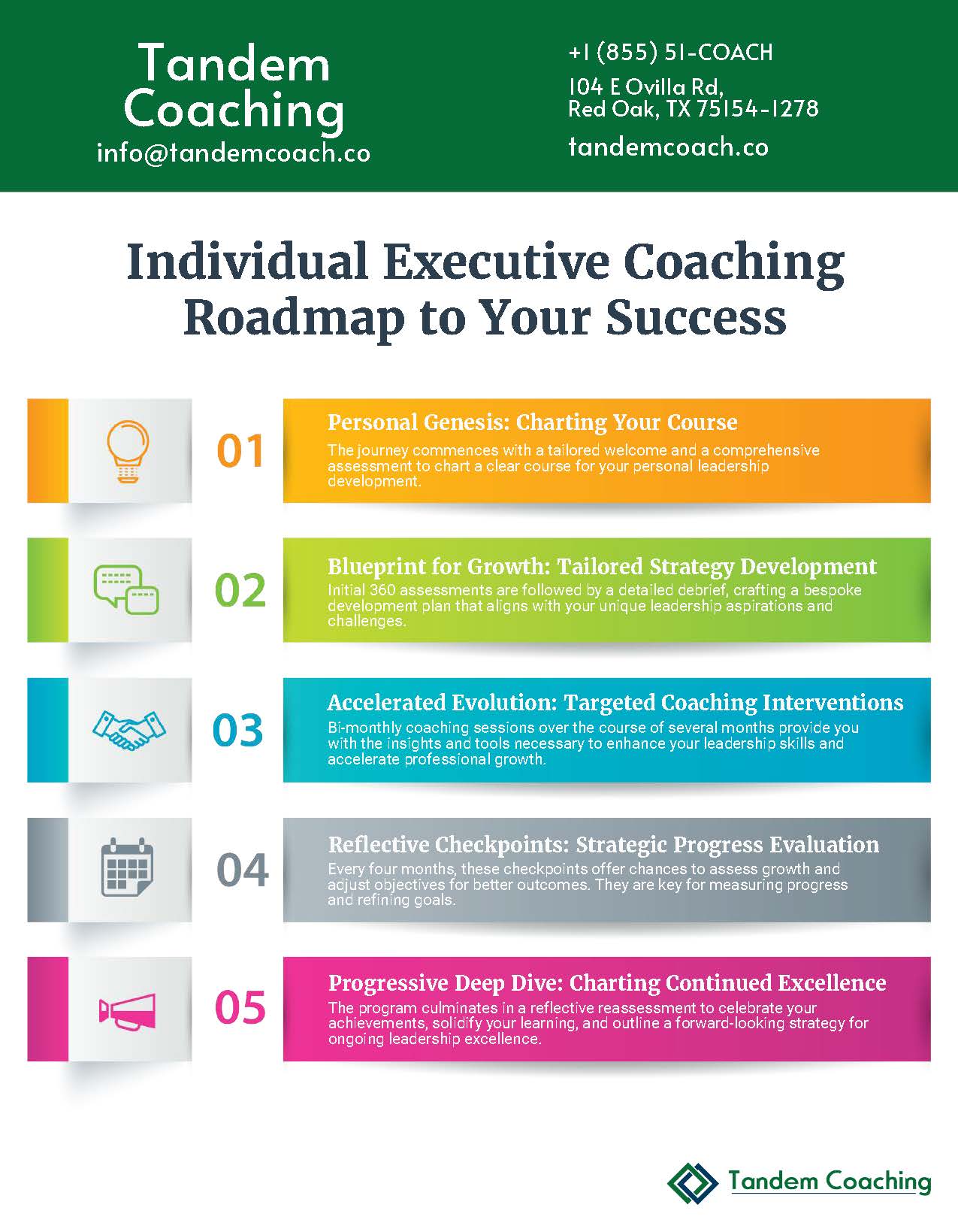
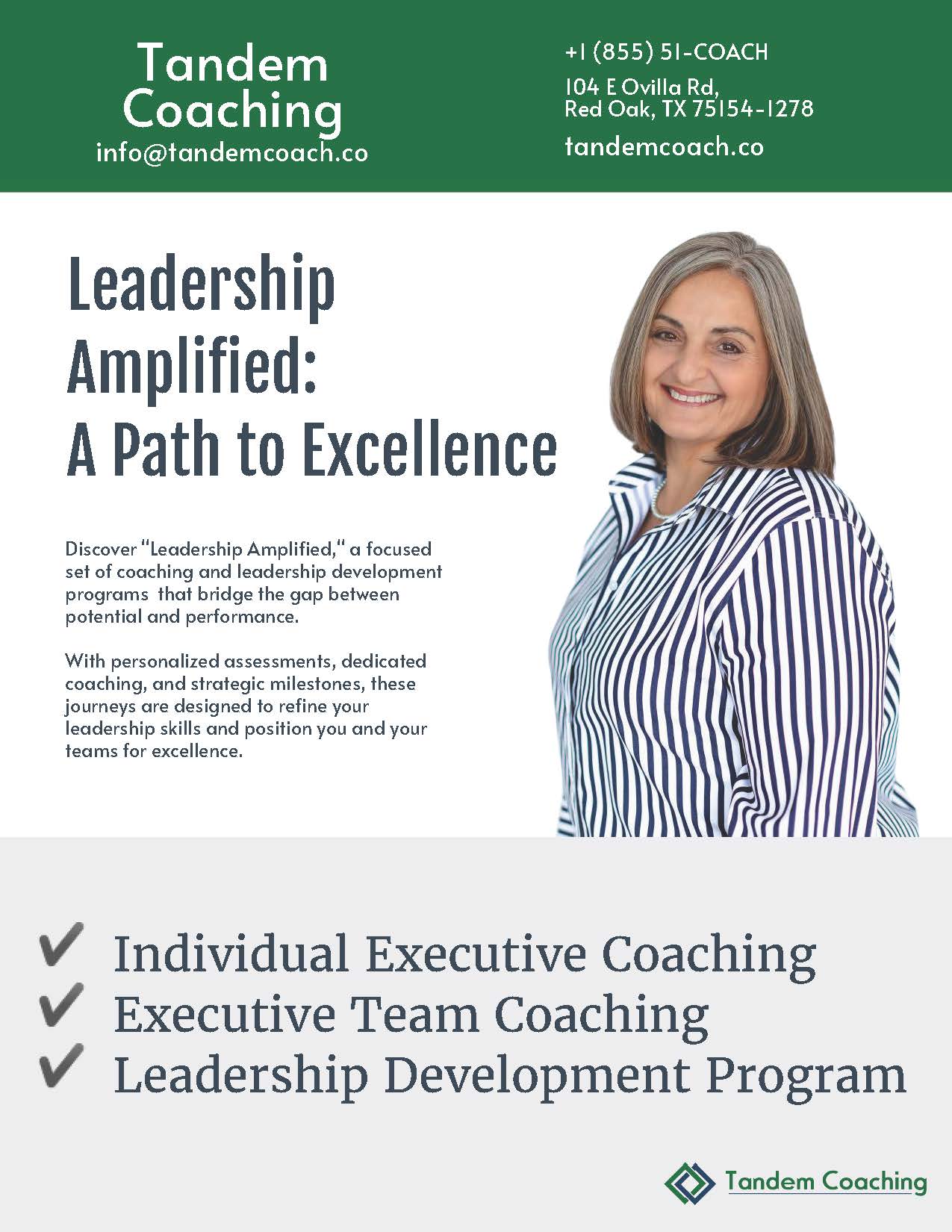
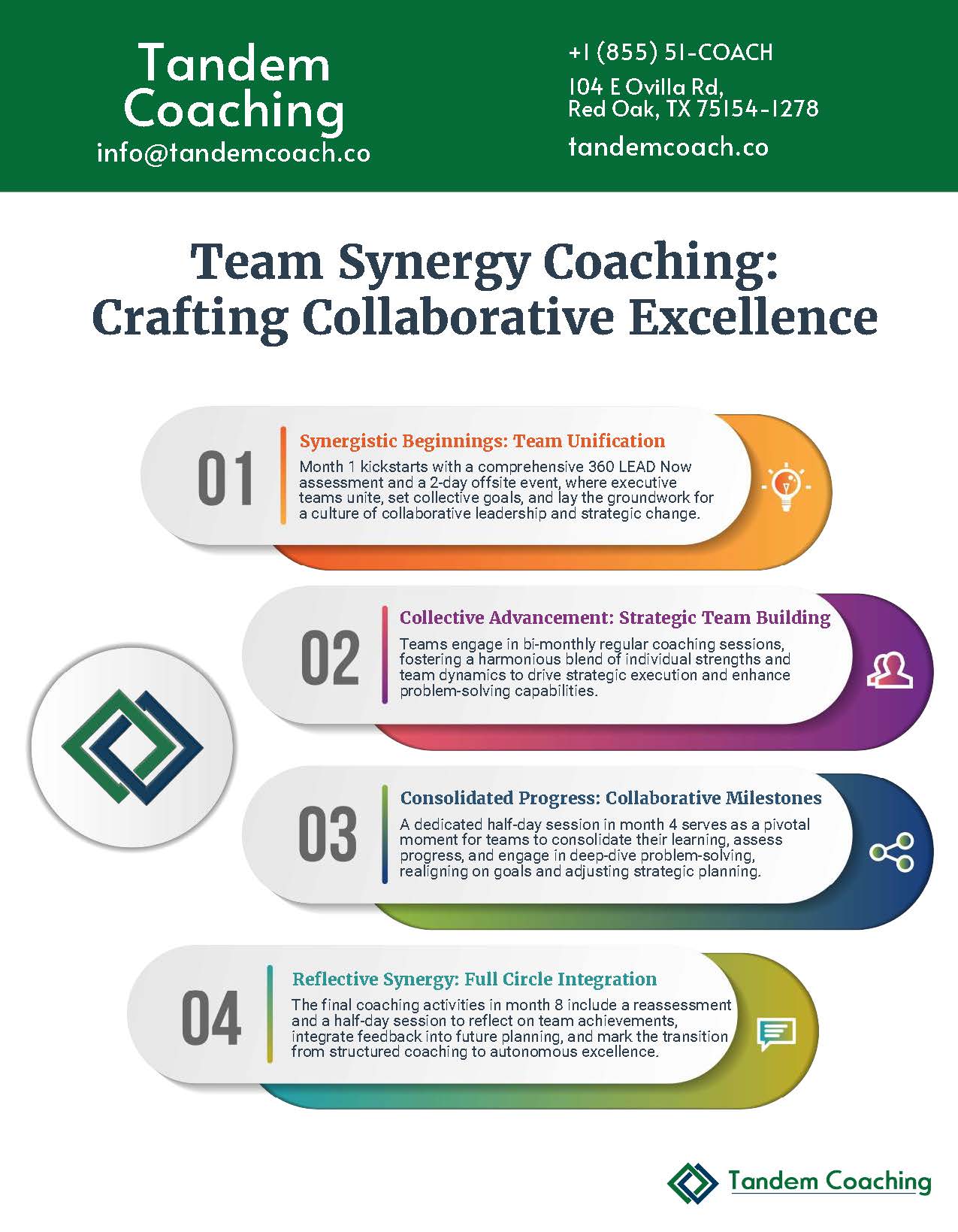
Boost Your Leadership Team Success!
Take your leadership team to the next level and achieve great results with our executive coaching.
Learn how our coaching and ASPIRE method can change things for you—get a free brochure to begin your journey.
About the Author
Cherie Silas, MCC
She has over 20 years of experience as a corporate leader and uses that background to partner with business executives and their leadership teams to identify and solve their most challenging people, process, and business problems in measurable ways.
